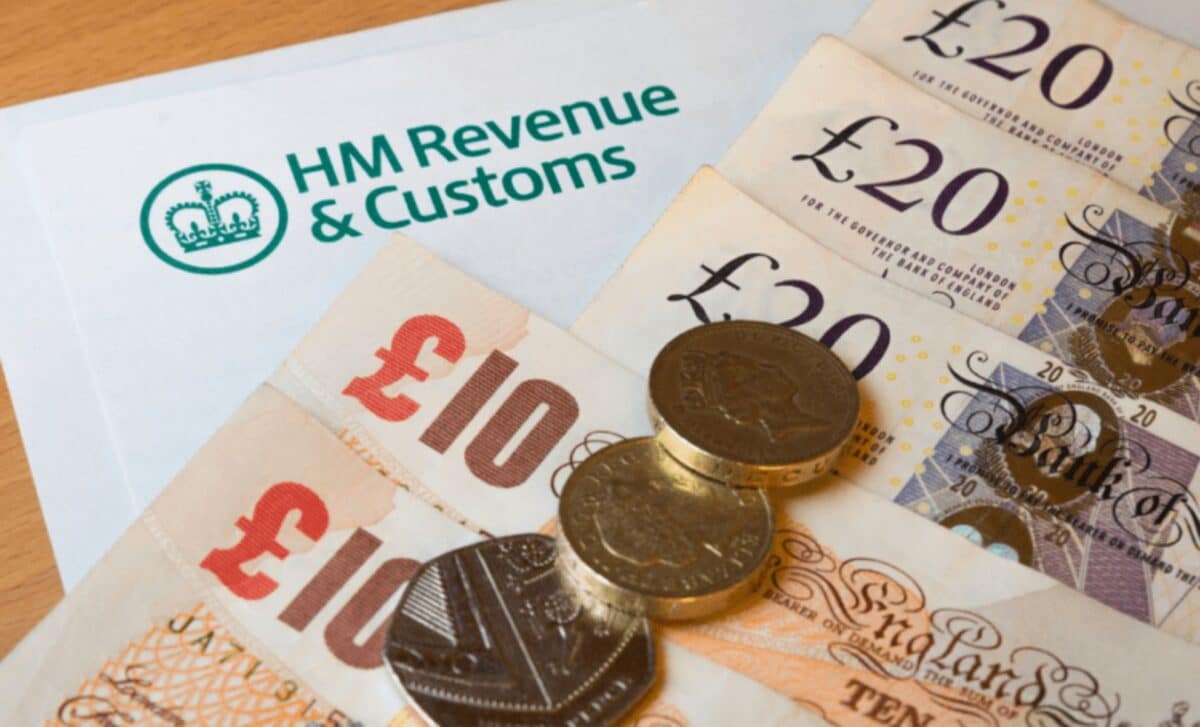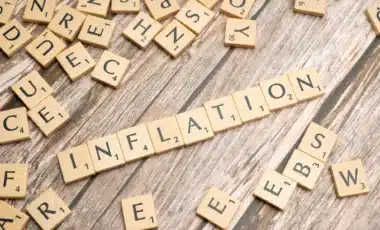The HM Revenue & Customs (HMRC) is set to revive its direct recovery powers, allowing it to withdraw funds directly from the bank accounts of individuals and businesses who owe tax but have not responded to payment requests. As reported by The Telegraph and outlined in documents accompanying the Spring Statement, the government intends to use this method to recover part of the billions lost annually through tax evasion and avoidance.
Direct Recovery Powers to Be Reinstated
The direct recovery of debts mechanism, originally introduced in November 2015, had been suspended during the COVID-19 pandemic. Its purpose is to collect debts over £1,000 from taxpayers who have the means to pay but have failed to do so, despite repeated reminders.
Policy documents confirmed that HMRC will now restart the scheme, targeting those who have ignored letters and phone calls and continue to withhold payment. The tax authority will only proceed with deductions if the debtor is left with at least £5,000 across all accounts, and only after the formal appeal period has ended.
New Emphasis on Automation and Efficiency
In addition to reactivating direct recovery, the Treasury has committed to exploring options to automate the collection of lower-value debts, streamlining enforcement and reducing administrative costs.
The Spring Statement builds on previous efforts from the October Budget, which aimed to raise £6.5 billion annually by the end of the parliamentary term. These efforts include closing compliance gaps and targeting individuals and businesses with consistent underreporting or non-payment of taxes.
Broader Measures to Tackle Tax Avoidance
The government’s updated compliance strategy also considers expanding HMRC’s access to personal banking data, including information such as National Insurance numbers, which would allow the tax authority to better match savers to undeclared interest income.
This push is part of a wider goal to reclaim an estimated £5.5 billion annually lost to business tax evasion. The Treasury is also introducing a US-style incentive programme to reward individuals who report suspected underpayment by family members or employers.
A 2019 review found that the direct recovery scheme had generated £178 million in additional tax revenue, and described it as a “crucial lever” to encourage payment from those deliberately avoiding tax obligations despite having the financial capacity.









